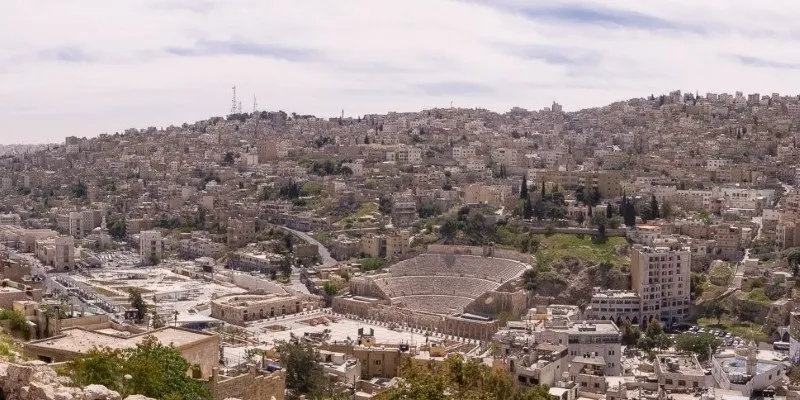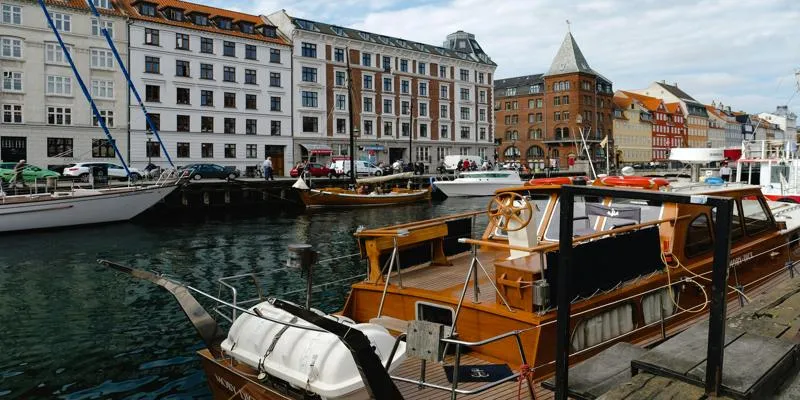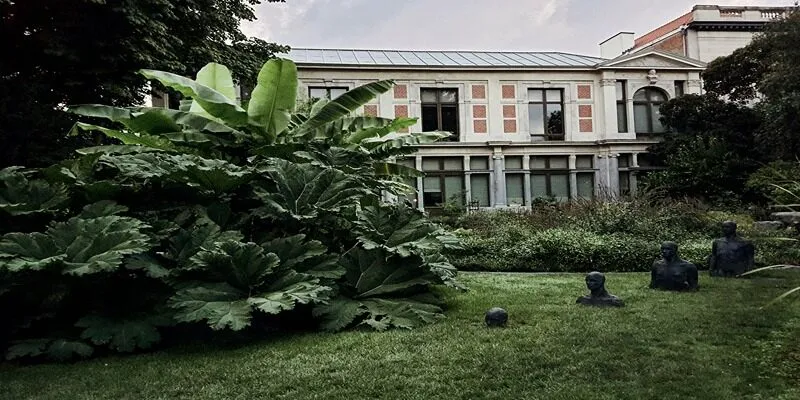Amman Adventures: What to Expect in Jordan’s Dynamic Capital
Visiting Amman, the capital of Jordan, is like stepping into a tapestry of history, culture, and modernity. As the largest city in Jordan, Amman offers visitors a captivating blend of ancient and contemporary experiences. From its wonderful archaeological sites to bustling markets and delicious cuisine, every moment spent in Amman is an exploration. Whether strolling through the narrow streets of the old town or savoring traditional dishes, there’s much to discover.
What to Expect During Your Visit to Amman
Let’s dive into what you can expect in Amman, including its rich history, top tourist attractions, delightful food, and practical tips for visiting.
A Historic Rich Tapestry
The city of Amman is steeped in thousands of years of history. Among the highlights is the Roman Theatre, a fantastic structure dating back to the 2nd century AD. This theatre, once nestled into the side of a hill, could accommodate thousands of spectators. Standing here, you can almost hear the echoes of ancient performances.
The Citadel, offering panoramic views of Amman’s skyline, is a must-see. Here, you can explore ancient fortifications like the Temple of Hercules and the Umayyad Palace. This site is a significant reminder of how Amman evolved from a key trade stop to a modern metropolis.
Contemporary Amman: The Bustling Metropolis
While Amman’s historical attractions are indeed captivating, the city vibrates with modern energy. Al-Balad is a lively downtown area full of shops, cafes, and street vendors. As you walk through, you’ll encounter local artisans selling handcrafted goods, spices, and traditional clothing. The hustle and bustle encourage interactions and the sharing of stories and tips.

Amman’s art scene has flourished in recent years, with contemporary galleries and street art transforming the city. Jabal Al Weibdeh is an area that showcases the city’s creativity through local art and workshops.
Culinary Delights: A Taste of Jordan
No visit to Amman is complete without indulging in its rich culinary offerings. Jordanian cuisine is a feast for the senses, featuring a variety of flavors. Traditional dishes like mansaf, a lamb and rice dish with yogurt sauce, are must-tries. This iconic meal is often served during celebrations, embodying Jordanian hospitality.
Street vendors and restaurants abound, offering delicious treats like falafel and hummus. For dessert, try kunafa, a sweet dish made with thin pastry soaked in syrup. Eating in Amman is more than just a meal; it’s an experience where sharing dishes is encouraged, enhancing the sense of community.
Exploring the Neighborhoods
Amman comprises distinct neighborhoods, each with a unique flavor. Rainbow Street is famous for its lively cafes, boutiques, and art galleries. It’s an ideal spot for an evening stroll, where you can enjoy vibrant social life and meet both locals and fellow travelers. The street often hosts cultural events, making it a great place to soak in the local atmosphere. Sweifieh is known for upscale shopping and dining options.
Modern malls and high-end boutiques contrast with the traditional markets in Al-Balad, providing opportunities for relaxation and retail therapy. For a more local experience, explore Jabal Al-Lweibdeh, a neighborhood filled with charming streets, art galleries, and cultural centers. It’s a quieter area, perfect for discovering Amman’s local life and possibly stumbling upon a small art exhibit or artisan market.
Practical Tips for Your Visit
A few practical tips can enhance your trip to Amman. The best times to visit are spring (March to May) and fall (September to November) when the weather is mild. Summer can be quite hot, making outdoor activities less enjoyable.
Getting around Amman can be challenging due to traffic, but public transportation is available. The Jordanian public bus system is affordable and connects various parts of the city. Taxis and ride-sharing services are also convenient for tourists. Dress modestly, especially at religious sites, to respect local customs and traditions. Learning a few basic Arabic phrases can also help you connect with locals.
Cultural Insights: Meeting the People
The heart of any city lies in its people, and Amman is no exception. Jordanians are known for their warmth and hospitality. You may find locals eager to share a meal or engage in conversation. They take great pride in their culture and enjoy sharing it with visitors.

Attending local festivals can provide a deeper understanding of Jordanian culture. Check out events like the Amman International Book Fair or the Jerash Festival of Culture and Arts, where you can experience local music, dance, and art.
The Surrounding Wonders
While Amman is full of attractions, nearby wonders are worth exploring. A short drive leads you to the ancient city of Jerash, home to some of the best- preserved Roman ruins outside Italy. Walking through its grand colonnaded streets is like stepping back in time.
Another must-visit site is Petra, often referred to as one of the New Seven Wonders of the World. Though it’s a bit farther from Amman, many travelers opt for guided tours for a convenient day trip. The breathtaking rock-cut architecture is a sight to behold. For natural beauty, the Dead Sea is just a couple of hours away. Floating in its mineral-rich waters and covering yourself in therapeutic mud is a unique experience that shouldn’t be missed.
Conclusion
As you embark on your journey to Amman, embrace the city’s rich tapestry of experiences. From historical landmarks to vibrant streets, every corner tells a story. Savor delicious culinary delights and feel the warmth of the locals, making you feel right at home. Whether you’re exploring ancient ruins or enjoying the local art scene, Amman promises unforgettable moments. This journey is not just about attractions; it’s an invitation to engage with a vibrant community and experience true Jordanian hospitality. Your time in Amman will create cherished memories and deepen your appreciation for this remarkable city and its people.











